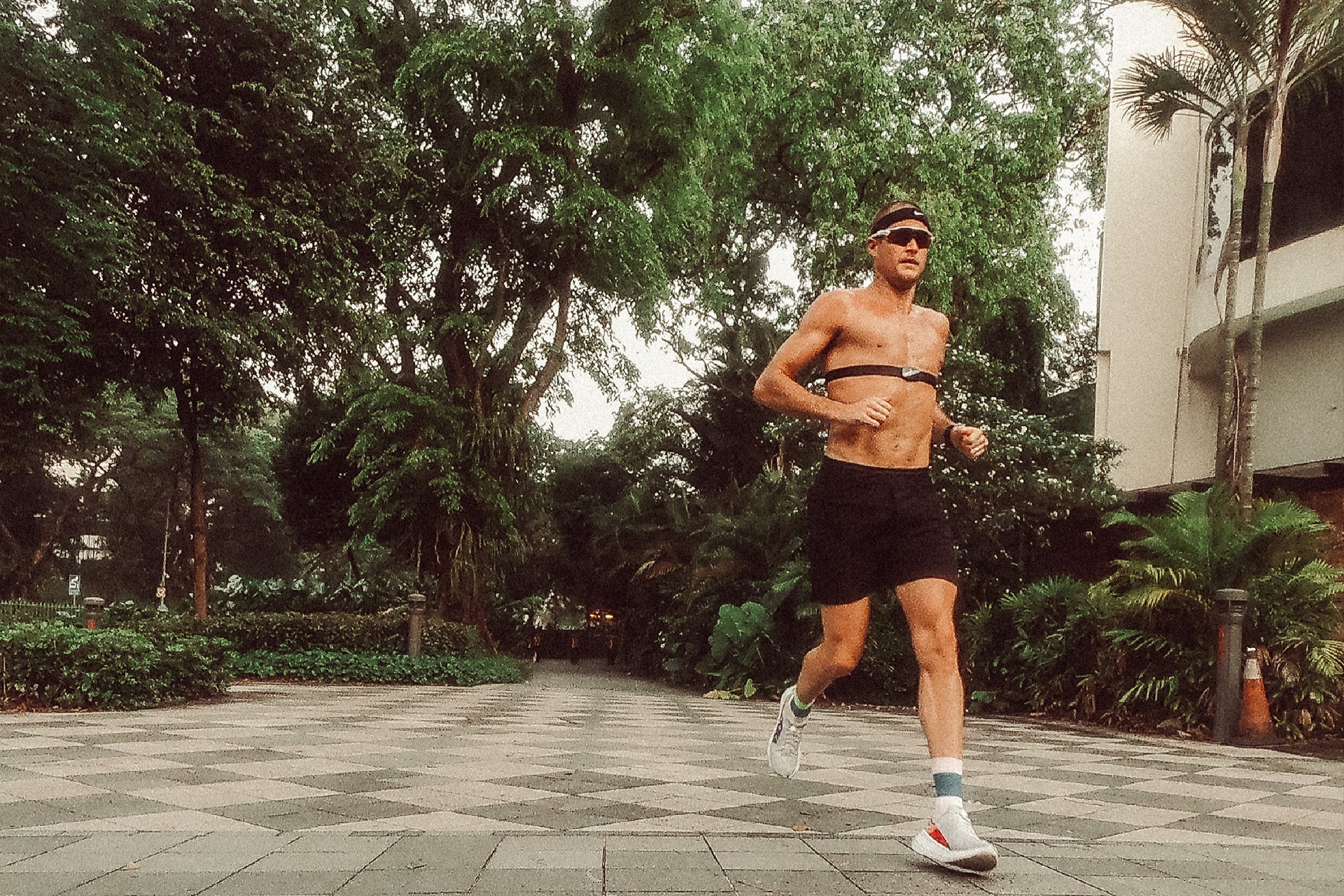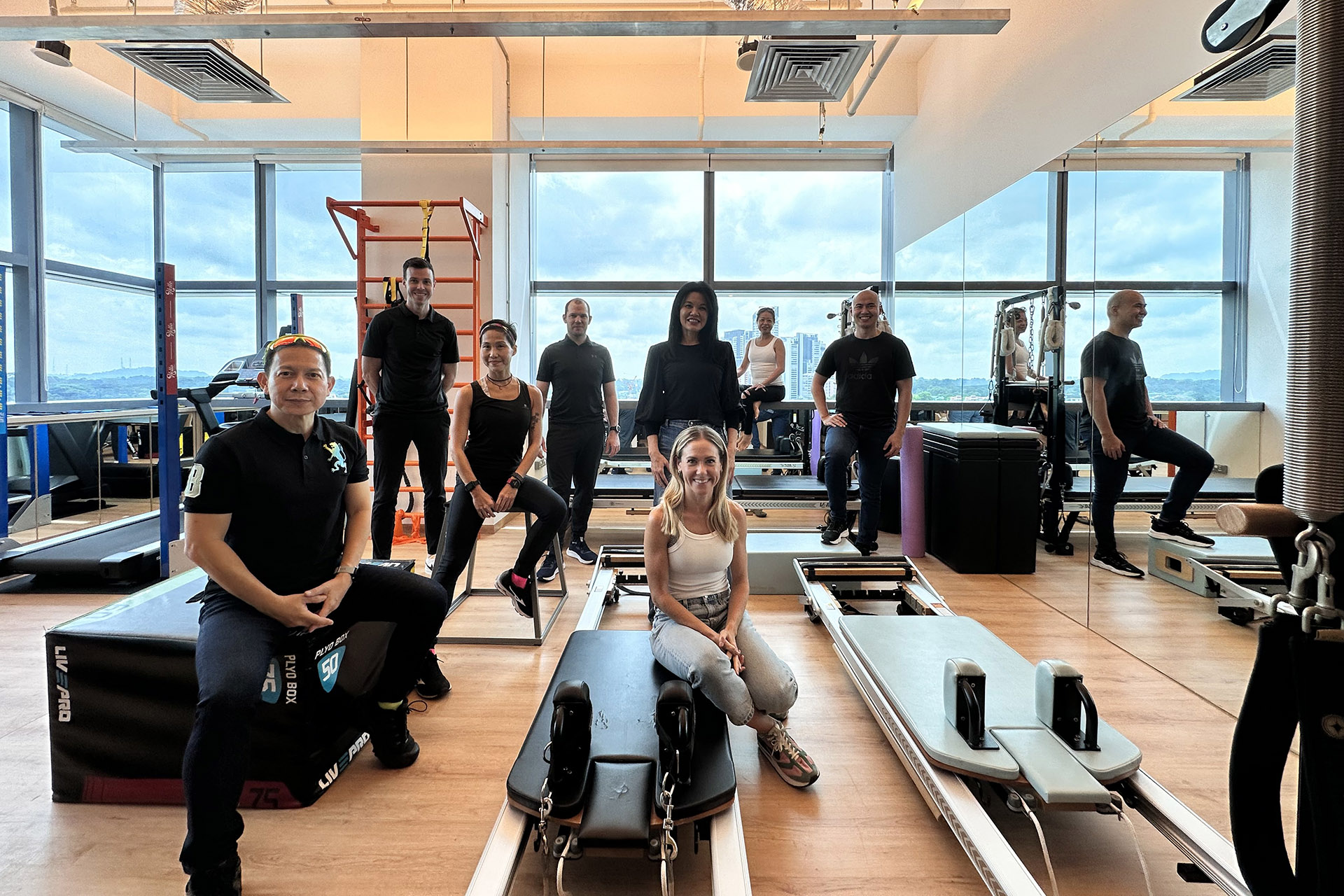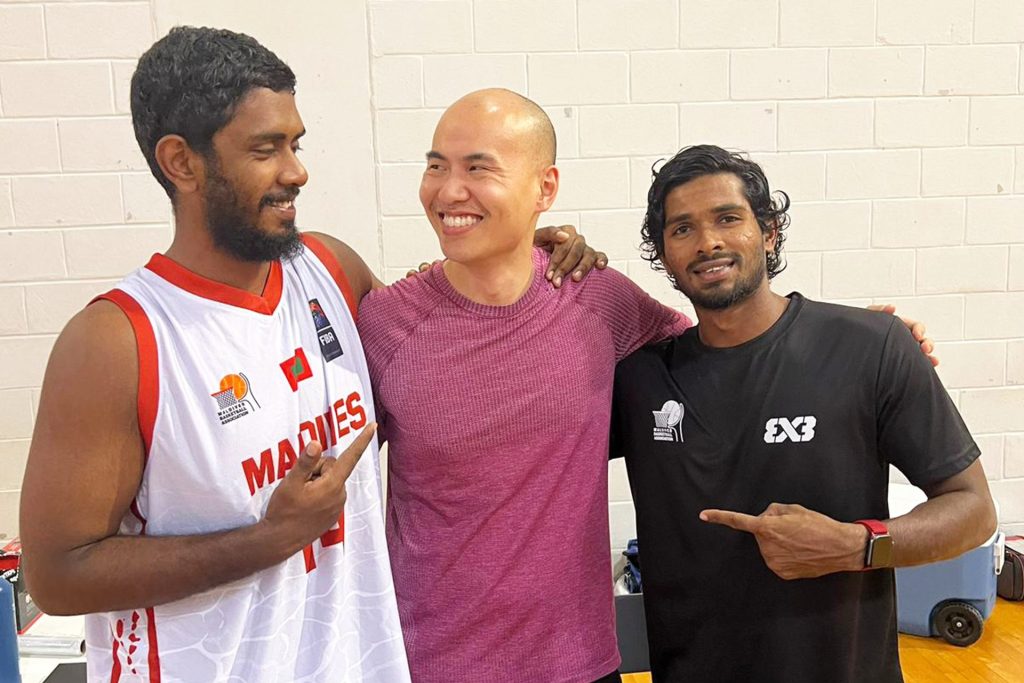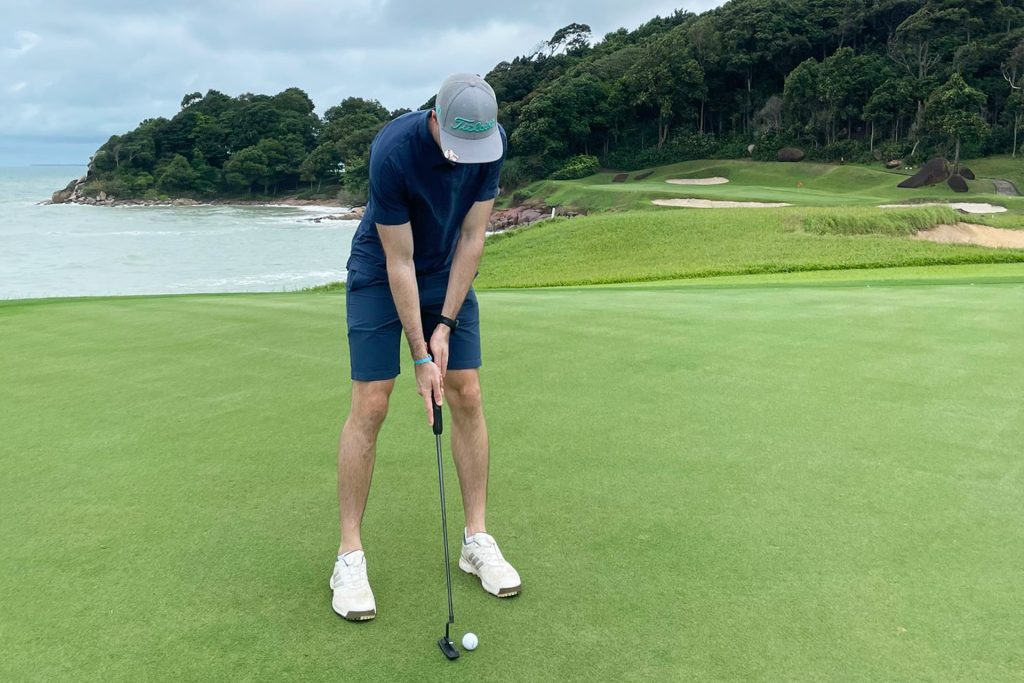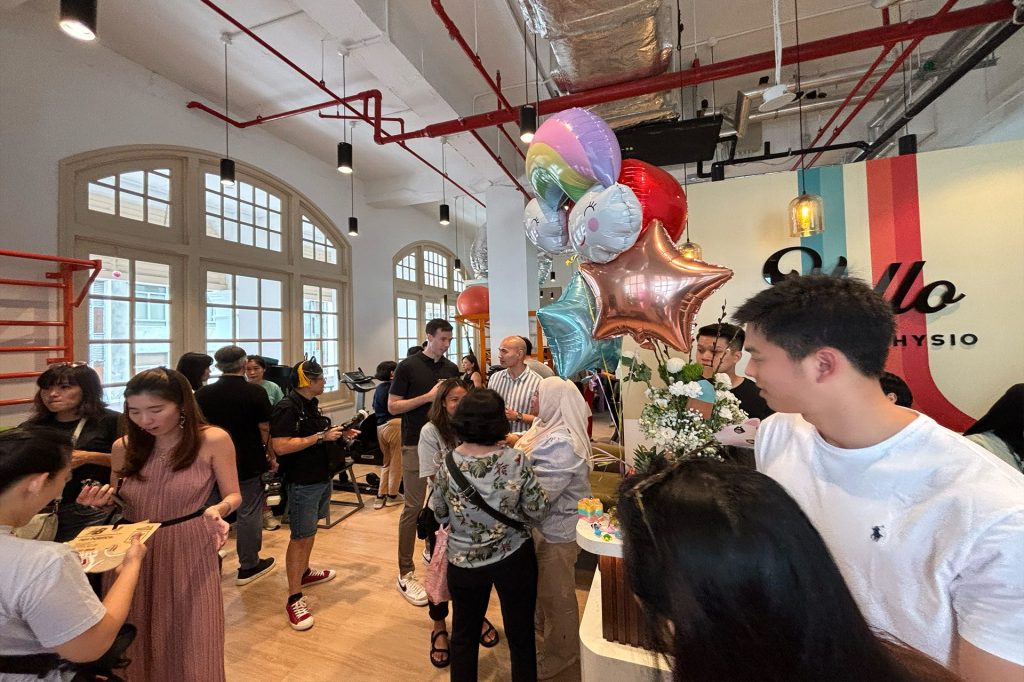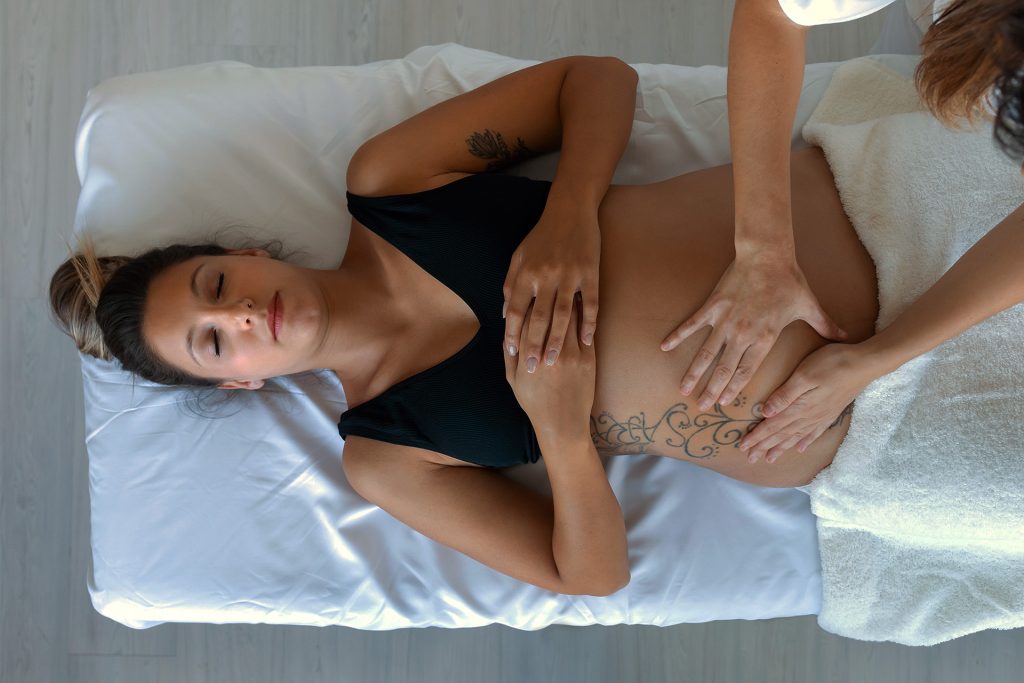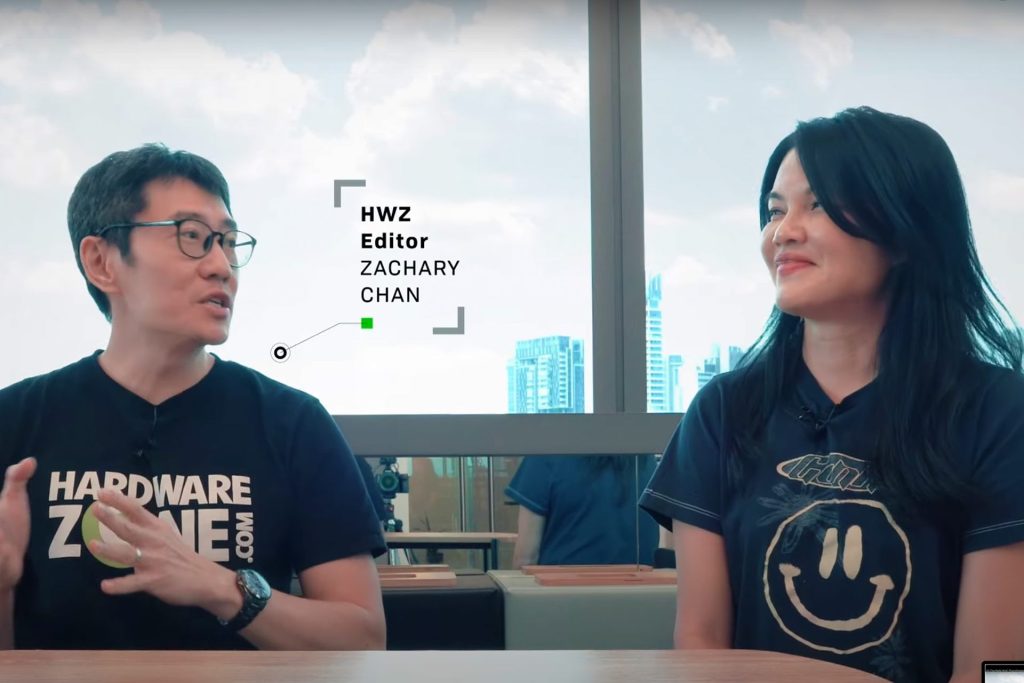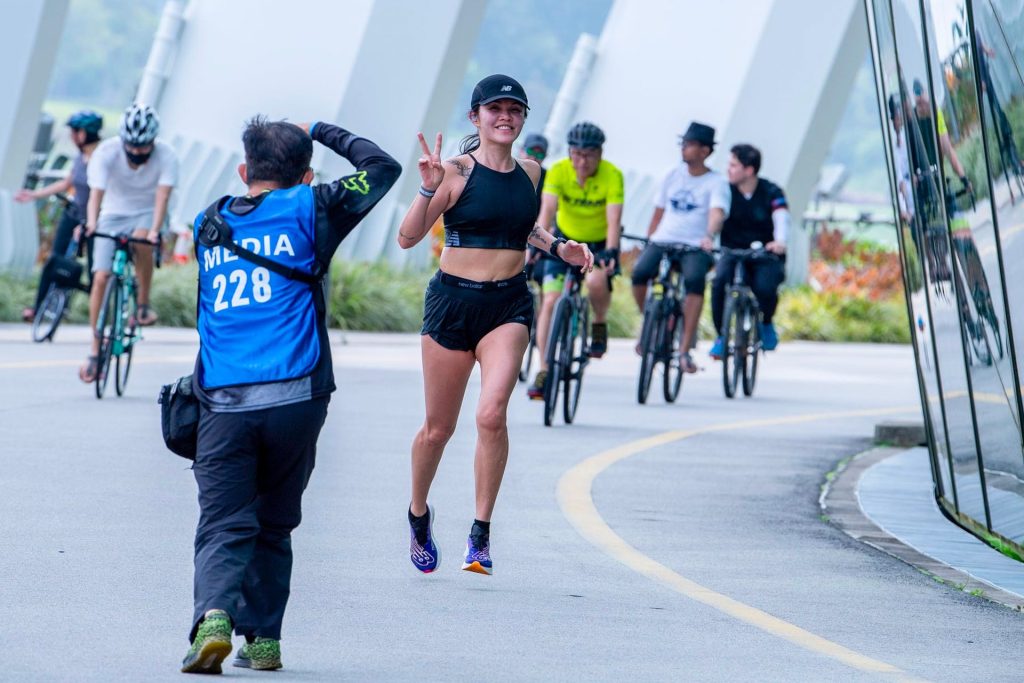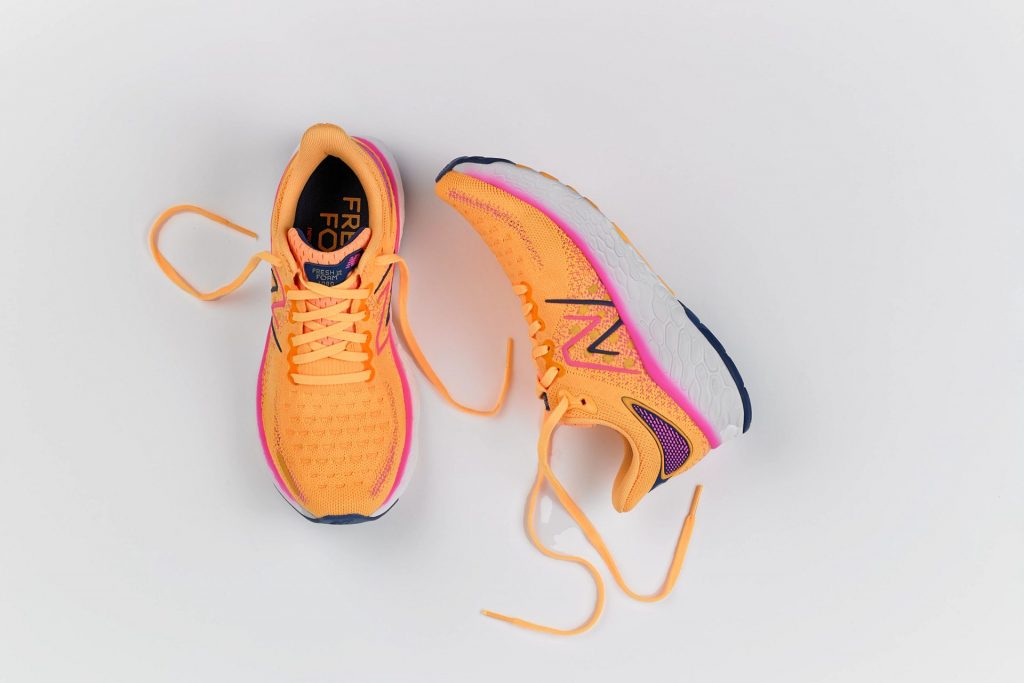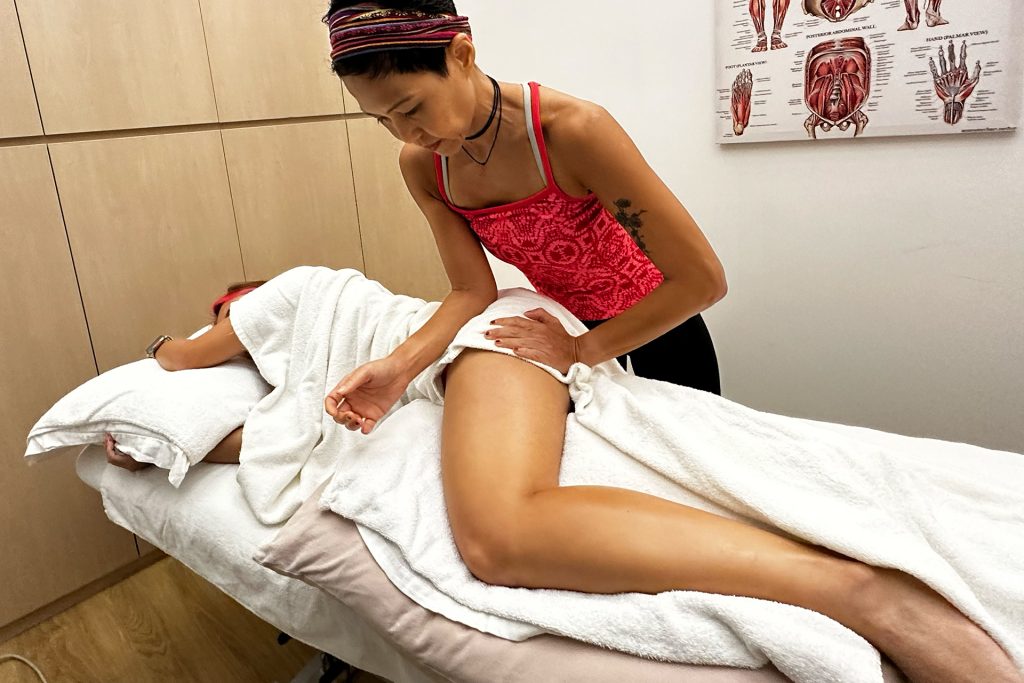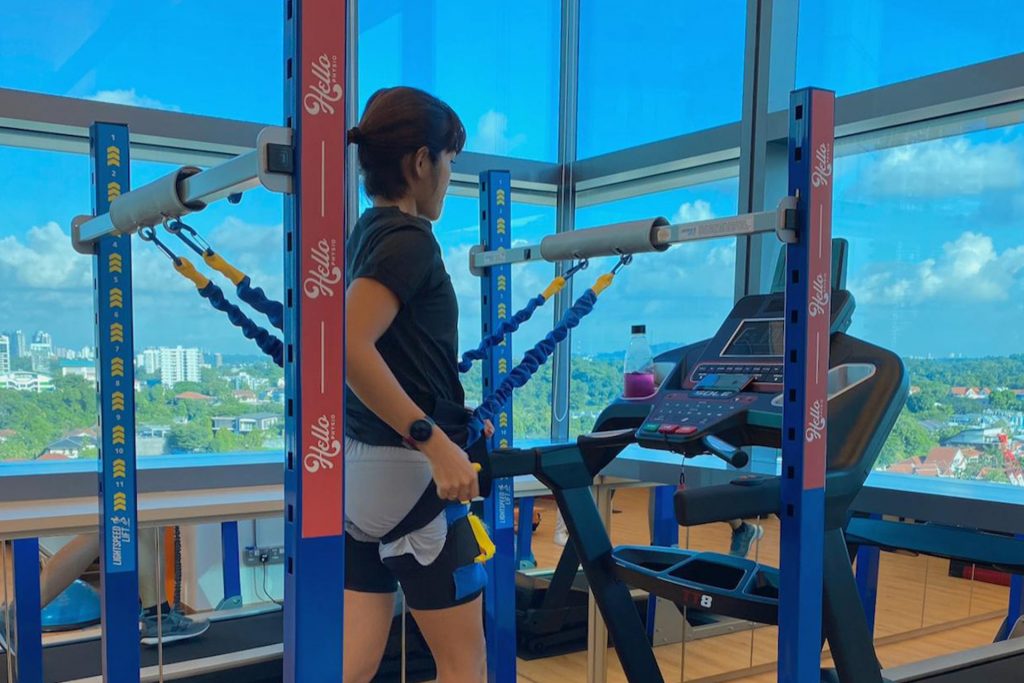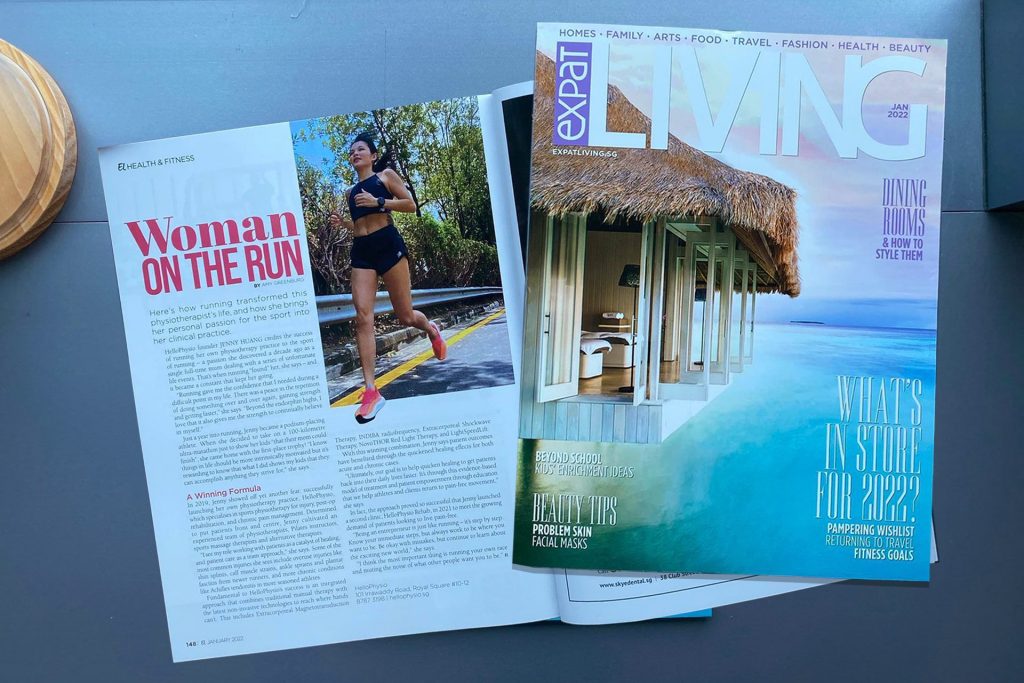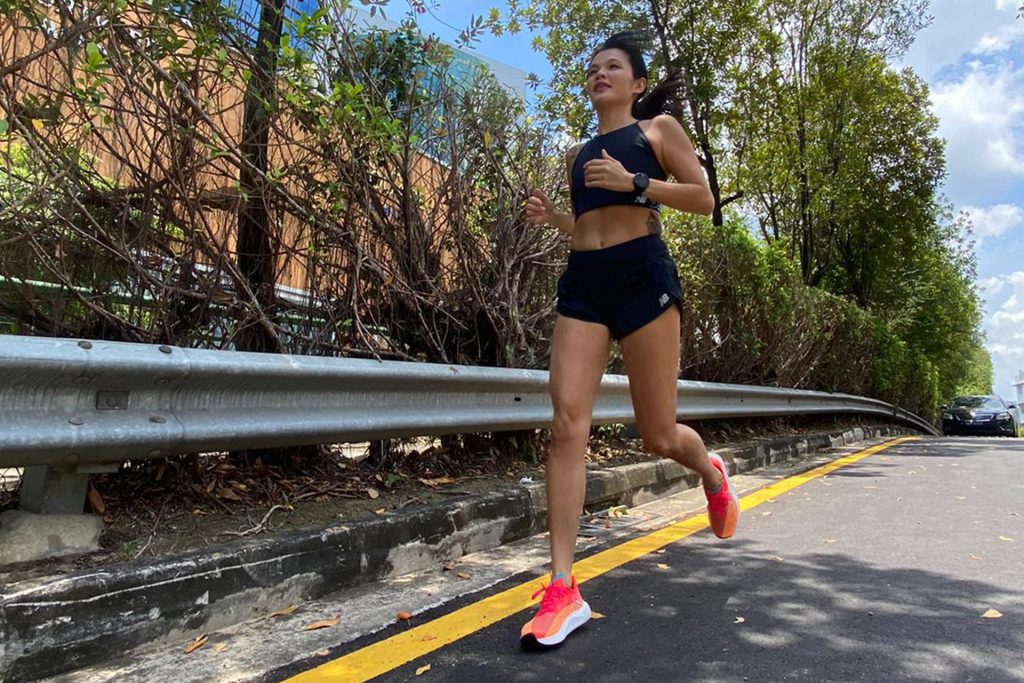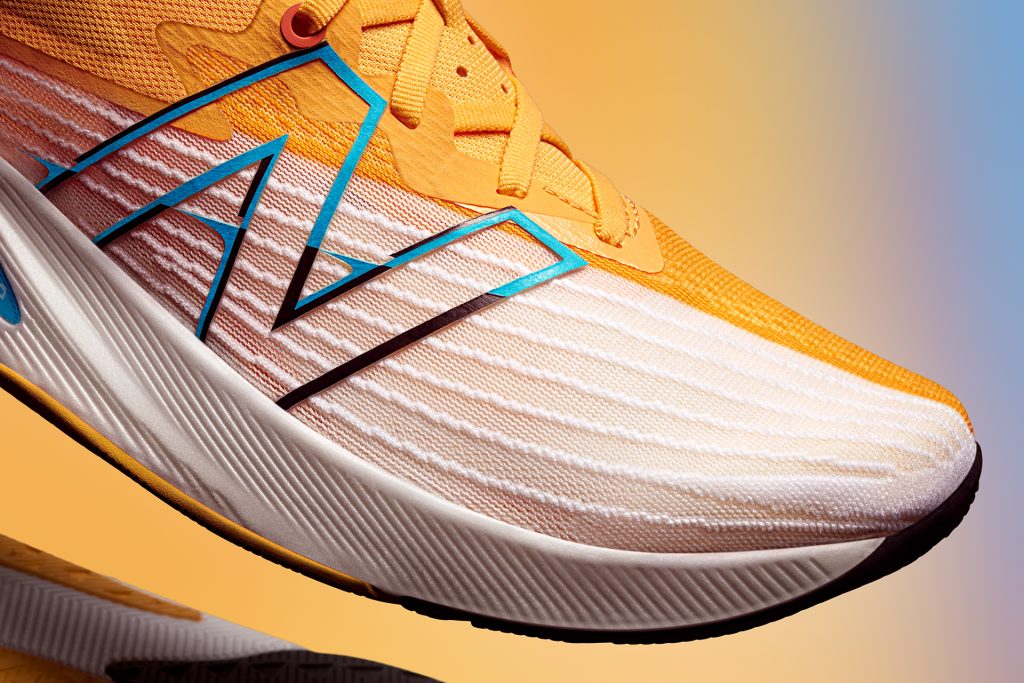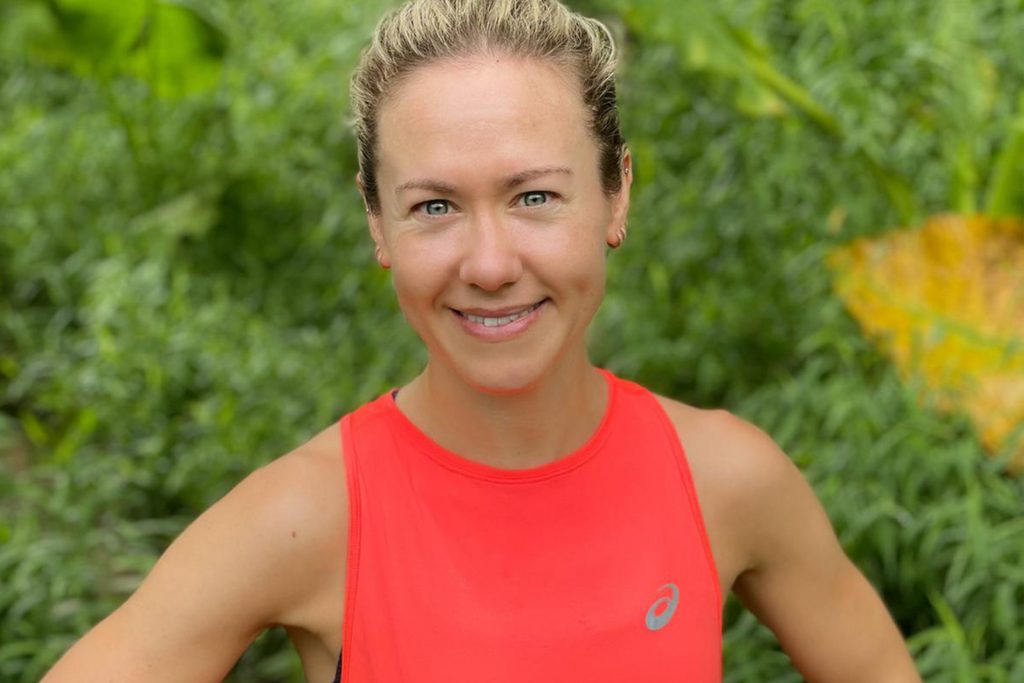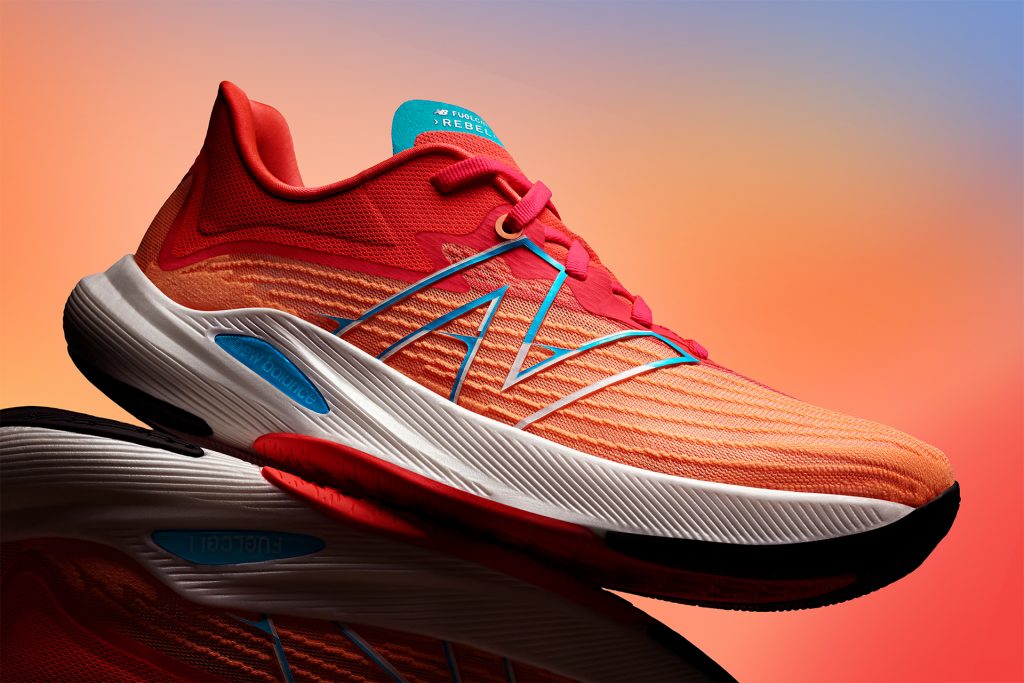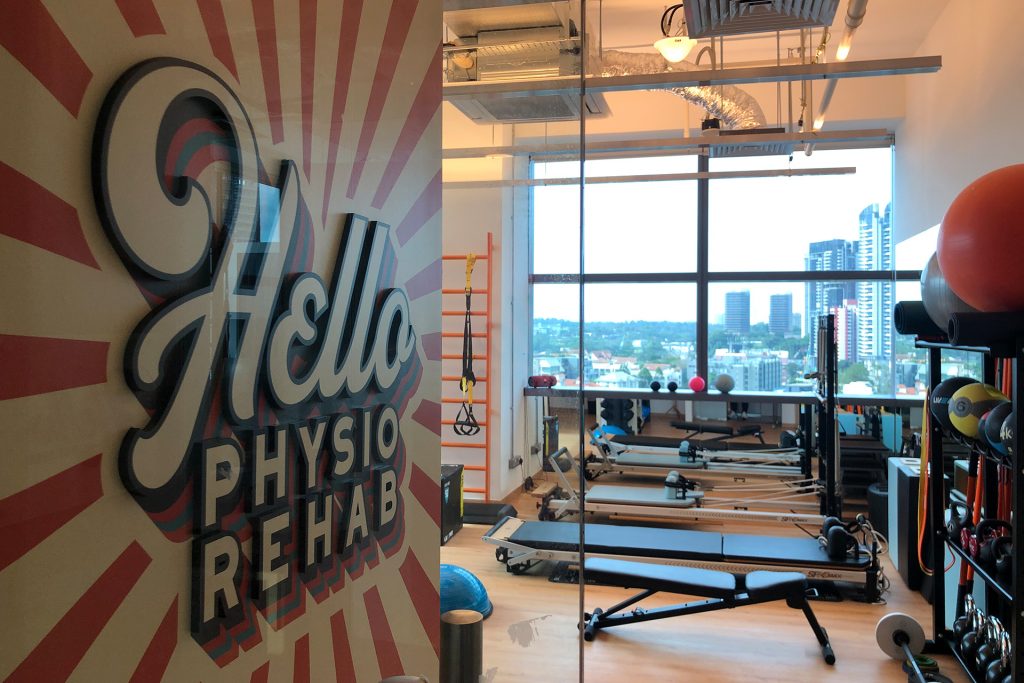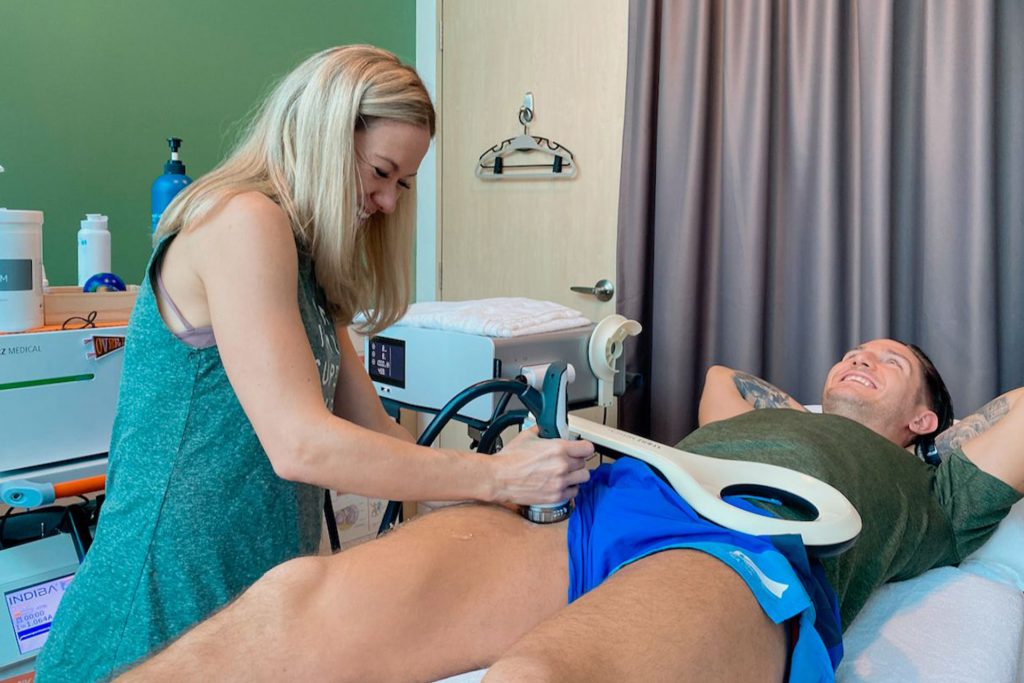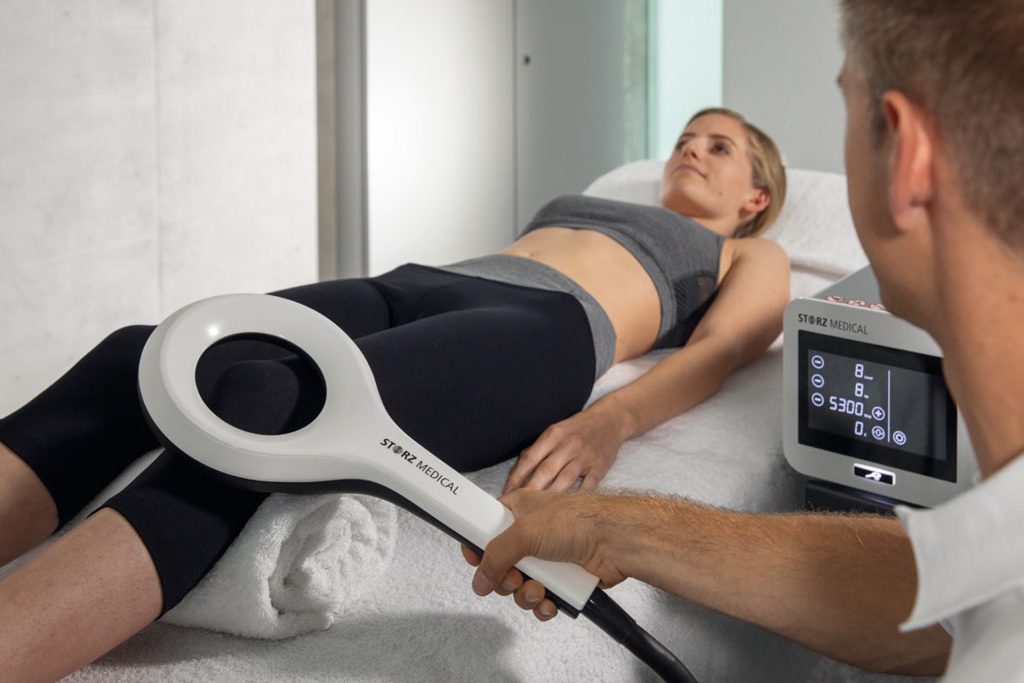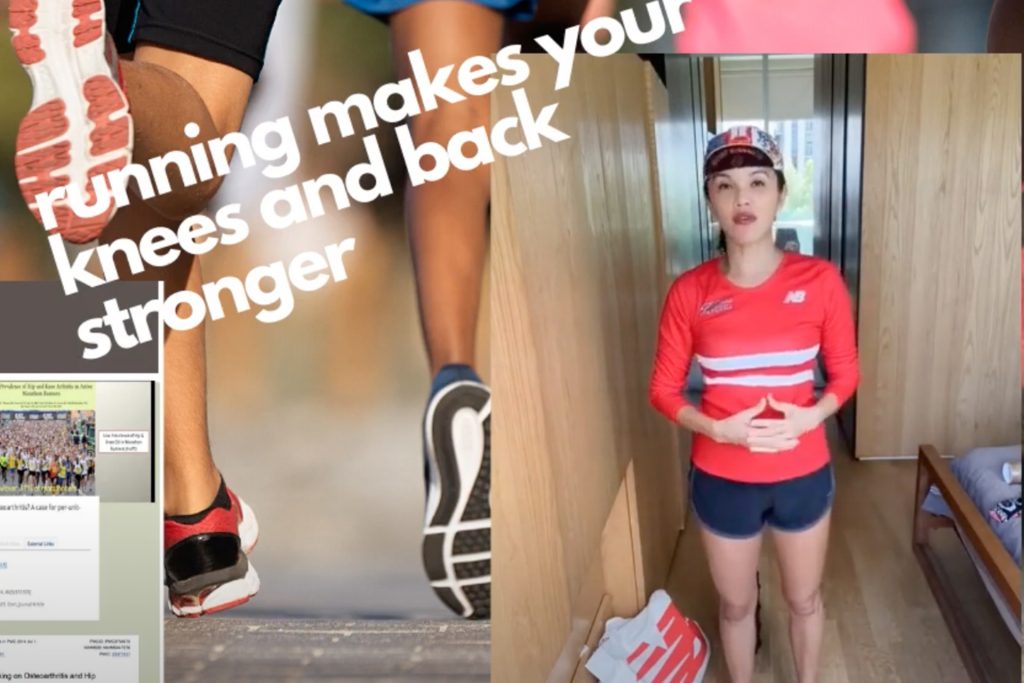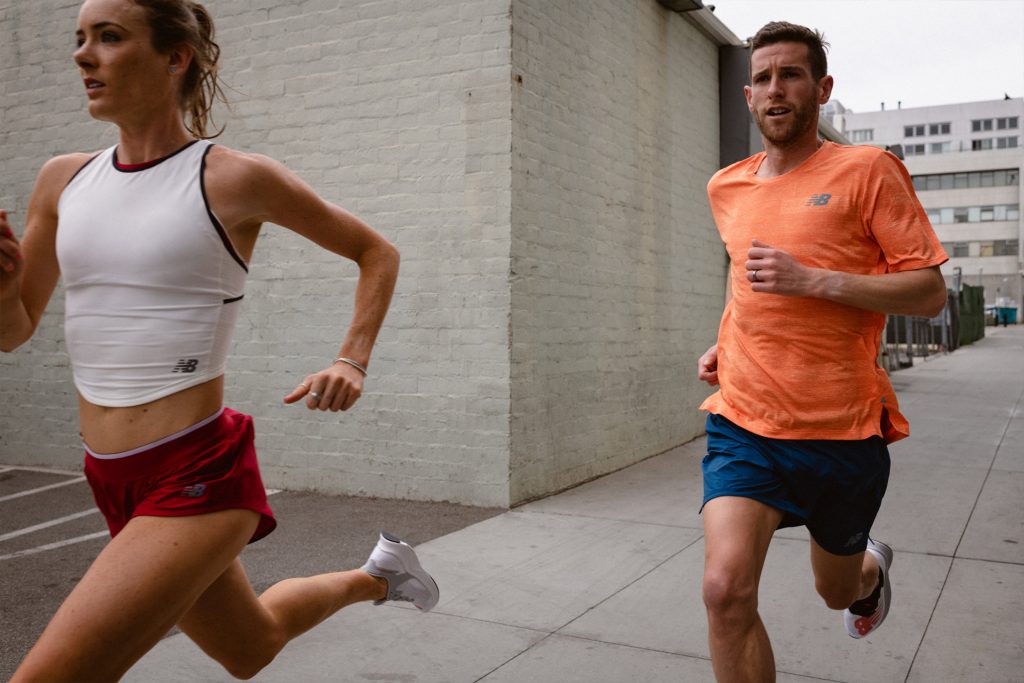Did you think your life would ever take you from South Africa to the United States and now to Singapore?
Growing up in Durban, South Africa, you really feel far away from the rest of the world. The world felt really big to me back then and my desire to travel and experience living in different regions around the world became very important to me from early on. In Grade 12 I was awarded a swimming scholarship at a Division 1 NCAA school in the USA. Swimming became a primary focus. To realise that dream gave me the confidence to know that if I set my mind to things and worked for them, I could make them happen on my own steam. I really liked the feeling of being self-reliant to accomplish my goals.
As a former collegiate athlete, how has that shaped your life today in terms of keeping an active lifestyle?
The demands on you as a sports person in the U.S. college system are substantial, particularly in a sport like swimming where the training is pretty massive. In those days the training included 11 swim sessions, clocking about 80km a week plus strength training. Then of course you had your studies to attend to as well. Looking back, I think one of the big lessons I learned was about time management. You learn how to accomplish things in multiple facets of your life including work, family, sport, etc. It’s also true that an active life leads to a happier life, and that has motivated me to stay active.
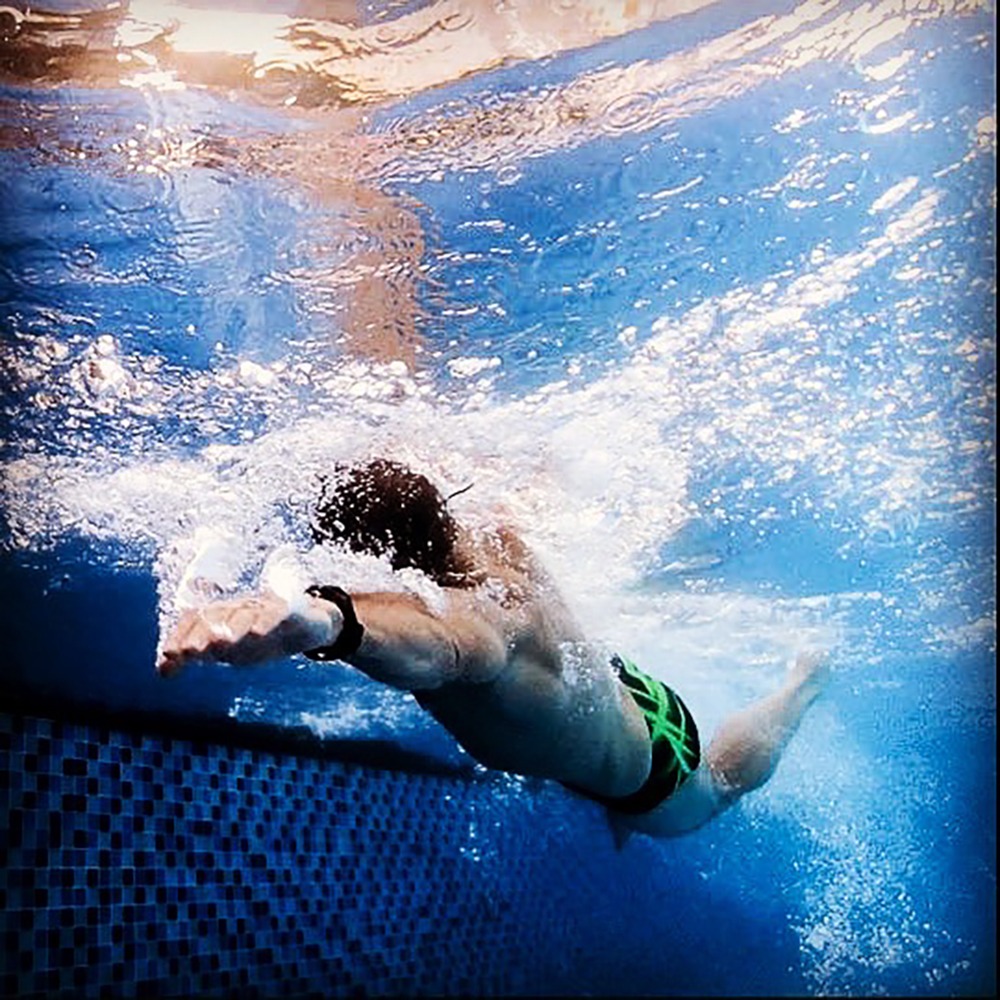
What is your typical weekly workout routine prior to getting injured?
Well these days my focus is on triathlons. An average week includes 16km of swimming, 350km on the bike and about 65km of running, plus 2 strength sessions, and one or more yoga classes.
How did you get injured? And how long did that “bench” you from doing what you love?
After the IRONMAN 70.3 Sunshine Coast last year where I qualified for the IRONMAN 70.3 World Championships, I experienced a Grade 3 tear in my Achilles tendon. It took me about 3 months working through the injury before I could run again. Then shortly after I damaged my posterior tibial tendon on the same leg. All of these lower limb injuries were a huge disappointment and frustration, as it left me not being able to run. Fortunately with this sport it meant I could still swim and ride the bike, so I just focused on making progress on these, especially on the bike.
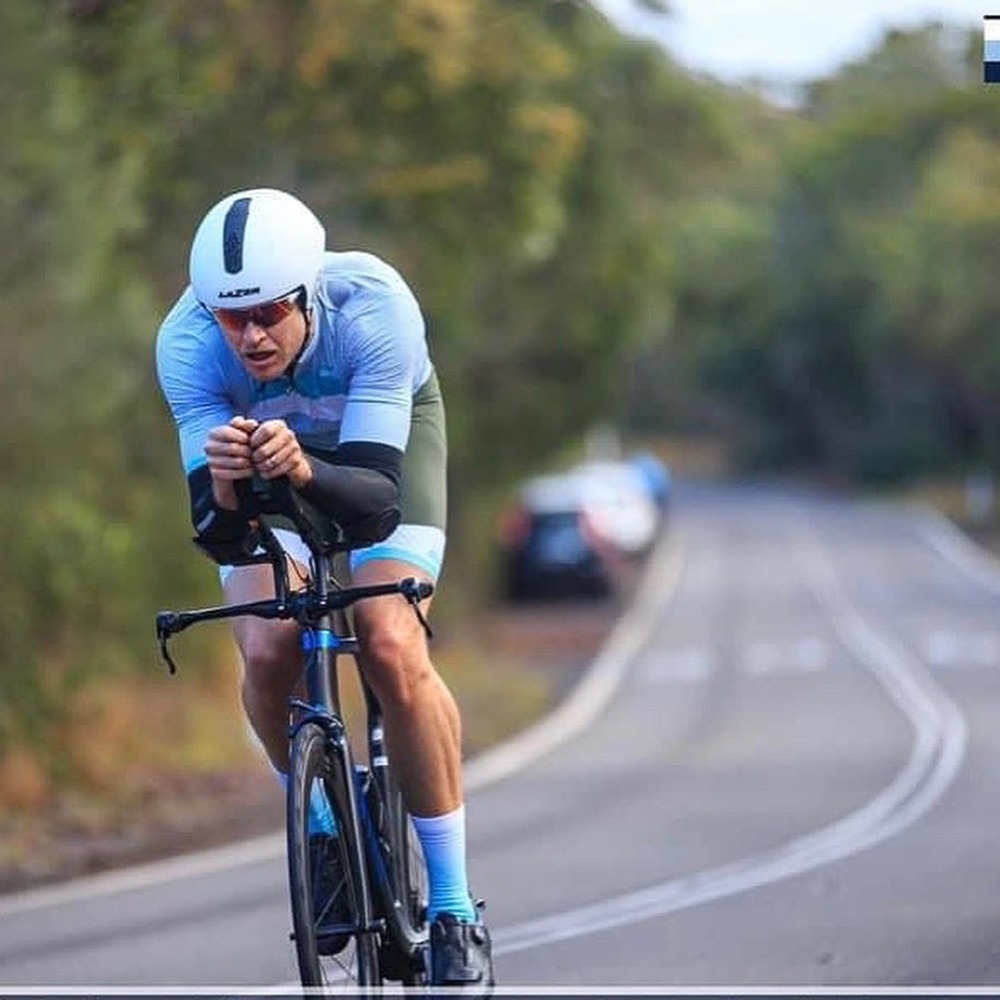
And how did those months of not being able to actively participate in sports affect you physically, mentally?
Injuries in endurance sports, especially running, are so common. I know this is a familiar feeling for endurance athletes, but being side-lined is so hard to deal with mentally. You feel like your training was a waste and you start questioning yourself and why you do it because the training is long and hard. So I just had to re-focus. Luckily within our sport there are other disciplines that you can work on to improve. In triathlons, we are not short of things to work on whether it’s one of the three disciplines, or strength, conditioning or mobility and flexibility. The mental side of dealing with an injury is definitely the toughest and something I think should be talked about more.
Tell us a bit more about your initial rehabilitation. How did you hear about HelloPhysio?
Well, I was actually in Australia where I was getting my initial therapy after my injury. Upon my return, I was looking for a good physio because my experience with a prior physio in Singapore was not the most positive. I was introduced to Jenny and HelloPhysio by another physician; and, I’m so glad I was. Things really started to get better quickly once I started working with Jenny. There were two main things Jenny introduced to my rehab program that were missing before: The first was plyometrics and the second was the INDIBA and shockwave therapies. I was amazed at how these machines sped up my recovery process by breaking down the scar tissue and allowing my body to do its thing. Absolute game changer – like having a secret weapon. Plus, Jenny and her team are great and always a pleasure to work with and chat to.
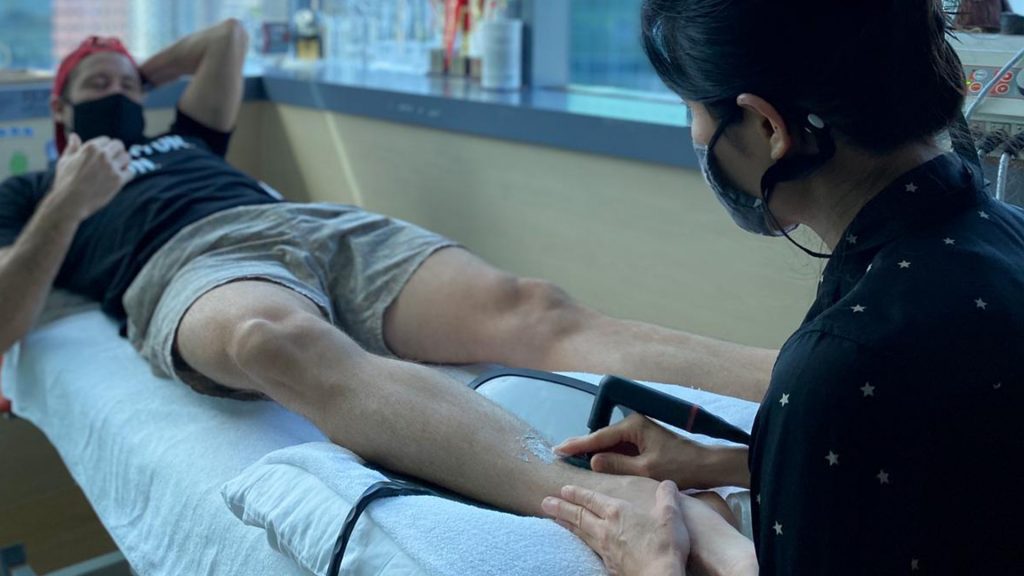
As an athlete, you’ve likely experienced injuries in the past. How do you think HelloPhysio sports therapy clinic differs from a patient’s perspective compared with other healthcare practitioners?
HelloPhysio incorporates top physio advice, rehab strategies and programs with state-of-the-art technology. I think that was the key difference from any other physio I’ve worked with – the state-of-the-art therapies provided by HelloPhysio can just speed up the process.
How did you feel when you took your first run after the months of hiatus?
Ah man, so happy. I find myself smiling all the time, especially while running. I’m just really thankful and grateful to be running again. It’s such a good feeling. The runner’s high is back!
What are your goals now that you’re back on your feet?
Well, because of the COVID-19 situation, I decided to defer my IRONMAN 70.3 World Championship entry to next year in New Zealand because travel to the United States this year seems unlikely. I’m now focusing on three events this year: I’m excited for the IRONMAN 70.3 Western Sydney in September and the Challenge Wanaka Multi in New Zealand in October – a 25km kayak, 48km mountain bike and 12km trail run – which I can’t wait for! But my A-race is IRONMAN Western Australia in Busselton in December. I’m hoping to break the 9-hour mark and earn a spot to IRONMAN World Championship in Kona Hawaii next year.
Last words, as a top athlete, what would you recommend to the next generation of athletes just starting out in Singapore looking to take the world stage, or to someone just starting out on their active lifestyle journey in life?
My advice would be to learn to listen to your body. Active rehab and strength conditioning are a key part of longevity in any sport. If you can get that right from early on and keep at it, you can do a lot to avoid injuries, which is the main thing. Because if you’re not injured, you’re doing the thing you love and doing the thing that makes you happy.
Did you think your life would ever take you from South Africa to the United States and now to Singapore?
Growing up in Durban, South Africa, you really feel far away from the rest of the world. The world felt really big to me back then and my desire to travel and experience living in different regions around the world became very important to me from early on. In Grade 12 I was awarded a swimming scholarship at a Division 1 NCAA school in the USA. Swimming became a primary focus. To realise that dream gave me the confidence to know that if I set my mind to things and worked for them, I could make them happen on my own steam. I really liked the feeling of being self-reliant to accomplish my goals.
As a former collegiate athlete, how has that shaped your life today in terms of keeping an active lifestyle?
The demands on you as a sports person in the U.S. college system are substantial, particularly in a sport like swimming where the training is pretty massive. In those days the training included 11 swim sessions, clocking about 80km a week plus strength training. Then of course you had your studies to attend to as well. Looking back, I think one of the big lessons I learned was about time management. You learn how to accomplish things in multiple facets of your life including work, family, sport, etc. It’s also true that an active life leads to a happier life, and that has motivated me to stay active.

What is your typical weekly workout routine prior to getting injured?
Well these days my focus is on triathlons. An average week includes 16km of swimming, 350km on the bike and about 65km of running, plus 2 strength sessions, and one or more yoga classes.
How did you get injured? And how long did that “bench” you from doing what you love?
After the IRONMAN 70.3 Sunshine Coast last year where I qualified for the IRONMAN 70.3 World Championships, I experienced a Grade 3 tear in my Achilles tendon. It took me about 3 months working through the injury before I could run again. Then shortly after I damaged my posterior tibial tendon on the same leg. All of these lower limb injuries were a huge disappointment and frustration, as it left me not being able to run. Fortunately, with this sport it meant I could still swim and ride the bike, so I just focused on making progress on these, especially on the bike.

And how did those months of not being able to actively participate in sports affect you physically, mentally?
Injuries in endurance sports, especially running, are so common. I know this is a familiar feeling for endurance athletes, but being side-lined is so hard to deal with mentally. You feel like your training was a waste and you start questioning yourself and why you do it because the training is long and hard. So I just had to re-focus. Luckily within our sport there are other disciplines that you can work on to improve. In triathlons, we are not short of things to work on whether it’s one of the three disciplines, or strength, conditioning or mobility and flexibility. The mental side of dealing with an injury is definitely the toughest and something I think should be talked about more.
Tell us a bit more about your initial rehabilitation. How did you hear about HelloPhysio? Well, I was actually in Australia, getting my initial therapy after my injury. Upon my return, I was looking for a good physio because my experience with a prior physio in Singapore was not the most positive. I was introduced to Jenny and HelloPhysio by another physician; and, I’m so glad I was. Things really started to get better quickly once I started working with Jenny. There were two main things Jenny introduced to my rehab program that were missing before: The first was plyometrics and the second was the INDIBA and shockwave therapies. I was amazed at how these machines sped up my recovery process by breaking down the scar tissue and allowing my body to do its thing. Absolute game changer – like having a secret weapon. Plus, Jenny and her team are great and always a pleasure to work with and chat to.

As an athlete, you’ve likely experienced injuries in the past. How do you think HelloPhysio differs from a patient’s perspective compared with other healthcare practitioners?
HelloPhysio incorporates top physio advice, rehab strategies and programs with state-of-the-art technology. I think that was the key difference from any other physio I’ve worked with – the state-of-the-art therapies provided by HelloPhysio can just speed up the process.
How did you feel when you took your first run after the months of hiatus?
Ah man, so happy. I find myself smiling all the time especially while running. I’m just really thankful and grateful to be running again. It’s such a good feeling. The runner’s high is back!
What are your goals now that you’re back on your feet?
Well because of the COVID-19 situation, I decided to defer my IRONMAN 70.3 World Championship entry to next year in New Zealand because travel to the United States this year seems unlikely. I’m now focusing on three events this year: I’m excited for the IRONMAN 70.3 Western Sydney in September and the Challenge Wanaka Multi in New Zealand in October – a 25km kayak, 48km mountain bike and 12km trail run – which I can’t wait for! But my A-race is IRONMAN Western Australia in Busselton in December. I’m hoping to break the 9-hour mark and earn a spot to IRONMAN World Championship in Kona Hawaii next year.
Last words, as a top athlete, what would you recommend to the next generation of athletes just starting out in Singapore looking to take the world stage, or to someone just starting out on their active lifestyle journey in life?
My advice would be to learn to listen to your body. Active rehab and strength conditioning are a key part of longevity in any sport. If you can get that right from early on and keep at it, you can do a lot to avoid injuries, which is the main thing. Because if you’re not injured, you’re doing the thing you love and doing the thing that makes you happy.

